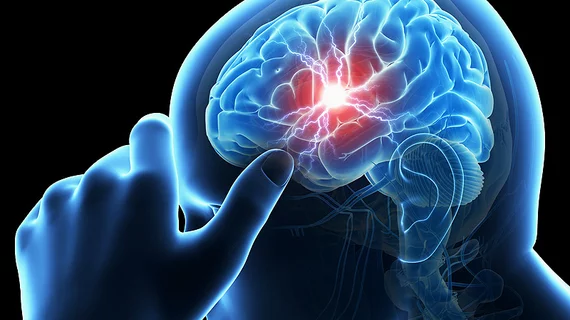Stroke patients with COVID-19 experience more severe symptoms, a much higher mortality rate
Strokes hit COVID-19 patients especially hard, according to a new observational study published in Brain, Behavior & Immunity – Health. Researchers found that stroke patients who also have COVID-19 showed signs of increased inflammation, greater stroke severity and increased mortality.
The study’s authors tracked 60 ischemic stroke patients admitted to a single facility in Alabama from March to May 2020. All patients were tested for COVID-19 when first admitted, and nine patients tested positive. While 37.7% of the total cohort was Black, 55.6% of the patients who tested positive were Black.
Stroke patients with confirmed COVID-19 had higher National Institutes of Health Stroke Scale (NIHSS) scores, and all patients with a NIHSS score higher than four—even those who did not have COVID-19—had a noticeably high neutrophil-to-lymphocyte ratio (NLR).
The high NLR ratios, the authors wrote, suggest “an exaggerated inflammatory response” and has been previously linked to COVID-19 severity, refractory disease and mortality.
While the study did only focus on a limited number of patients, the authors also noted that the mortality rate was 44.4% for stroke patients with COVID-19 compared to 7.6% for those without COVID-19. For discharged patients, the average length of hospital stay was also longer if the patient had COVID-19.
“Interestingly, in our patients with stroke and COVID-19, the neutrophil and lymphocyte levels were only borderline high and low, respectively, yet the NLR was almost twice as high as in patients without COVID-19,” Chen Lin, MD, an assistant professor at the University of Alabama at Birmingham, said in a statement. “This potentially indicates that the systemic inflammatory response triggered by COVID-19 can cascade from multiple components.”
The authors noted that the Southern United States has experienced “disproportionately higher rates of stroke mortality than the rest of the country.”
The full analysis is available here.

